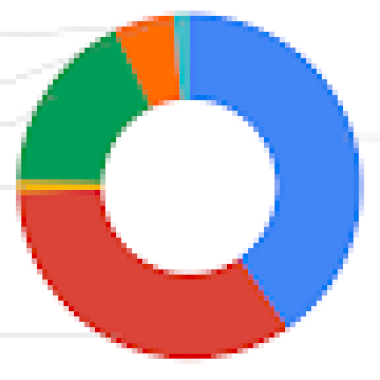Google has announced a groundbreaking project to enhance spatial safety in hundreds of millions of lines of C++ code. This initiative, detailed in a post on the security.googleblog.com by author Kimberly Samra, aims to improve security and safety on the Internet by retrofitting spatial safety measures into existing codebases.
The project, which has been in development for several months, focuses on identifying vulnerabilities in C++ code that could potentially lead to security breaches. By implementing spatial safety measures, Google hopes to mitigate these risks and enhance the overall security of its software systems.
This effort is part of Google’s ongoing commitment to prioritize security and safety in all aspects of its operations. With cyber threats becoming increasingly sophisticated, it is crucial for companies like Google to stay ahead of the curve and proactively address potential vulnerabilities in their code.
One of the key challenges in retrofitting spatial safety into existing codebases is the sheer scale of the task. With hundreds of millions of lines of C++ code to review and update, the project requires a significant investment of time and resources. However, Google is confident that the long-term benefits of enhanced security outweigh the short-term challenges.
In her post, Kimberly Samra highlights the importance of proactive security measures in today’s digital landscape. She emphasizes the need for companies to continually assess and improve their security practices to stay one step ahead of cyber threats. By retrofitting spatial safety into its codebases, Google is taking a proactive approach to enhancing security and ensuring the safety of its users.
The project is also a testament to Google’s commitment to transparency and collaboration in the cybersecurity community. By sharing insights and updates on the project’s progress, Google hopes to spark a wider discussion about the importance of security measures in software development. This open and collaborative approach is essential in addressing the evolving nature of cyber threats and ensuring the long-term security of digital systems.
As the project continues to unfold, Google will provide updates on its progress and any key findings or insights gained along the way. By sharing this information with the broader cybersecurity community, Google hopes to not only enhance its own security practices but also contribute to the overall improvement of security standards industry-wide.
Overall, Google’s initiative to retrofit spatial safety into hundreds of millions of lines of C++ code is a significant step forward in enhancing security and safety on the Internet. By taking a proactive approach to addressing potential vulnerabilities, Google sets a strong example for other companies to follow in prioritizing security in their software development practices.


